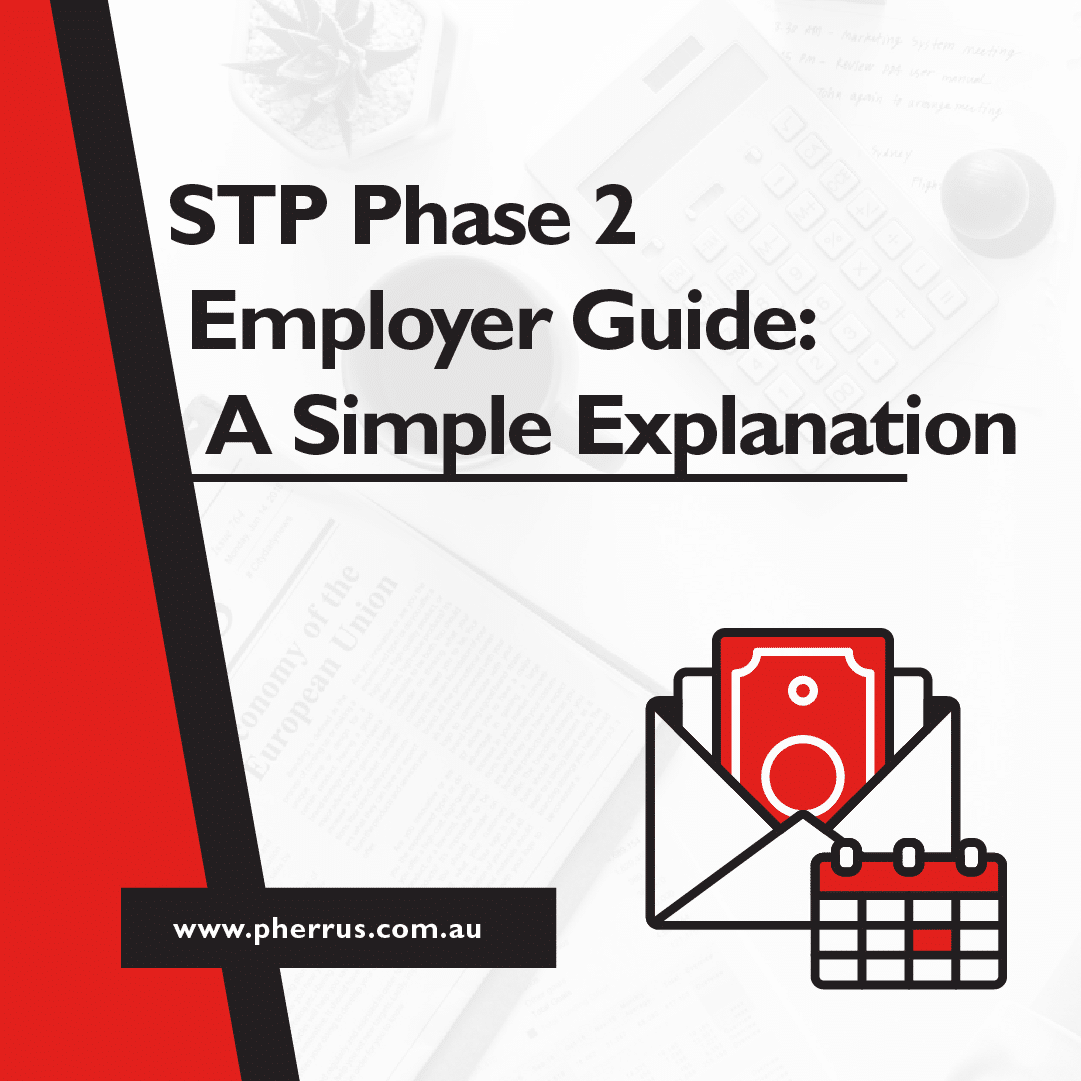For business owners, making superannuation contributions for employees is essential. However, coordinating payments from different super funds can be complex.
Thankfully, the Australian Government makes the process less stressful with the Superannuation Clearing House. It’s designed to eliminate red tape and reduce unnecessary overheads for small business owners.
In this comprehensive article, you’ll learn what the Superannuation Clearing House is, its benefits, the features, how to access the SBSCH and how to make a payment.
What is the Super Clearing House?
The SBSCH is a complimentary service which reduces red tape and overheads for small businesses.
It simplifies the process of making employee superannuation contributions, allowing you to make a single payment to the SBSCH.
This total amount is then divided into individual payments for each employee’s super fund. With the SBSCH, this process is conveniently streamlined. It catalogues each employee’s superannuation information (i.e. the amount to be paid and the relevant super fund).
How does the SBSCH system work?
Do you run a small business which generates $10 million or less in annual turnover and has 19 employees or less ?
If so, the SBSCH is the ideal super reporting tool for you. Simply input employees’ details into the system, where they are stored for later transactions.
These payments can be made via EFTPOS, direct credit, BPAY or credit card. Please keep in mind, however, that if you make payments via credit card, you may be charged a fee.
Then, the SBSCH distributes all employee super fund payments for you.
Each SBSCH payment is processed using the SuperStream system. Under this arrangement, super obligations are met instantly, and all instructions are accepted by SBSCH.
This, in turn, provides certainty for your company. It is also Superstream compliant.
This means all funds and employee data is securely transferred electronically, with no further action from you required.
What are its key benefits?
By using SBSCH, small business owners are able to :
- Make superannuation payments via the Superstream system. This ensures employee funds and details are set electronically using a standard format.
- Elect a normal super contribution amount for each employee.
- Make all contributions in a single transaction. With the SBSCH, all super contributions are distributed to your employees’ chosen superannuation funds safely.
- Guarantee your obligations are met the moment the SBSCH accepts relevant payment and instructions.
- View your transaction history.
How to access the Super Clearing House
There are several ways for small business owners to access the SBSCH. How you do so greatly depends on the structure of your business.
- If you have a small business with an ABN, you are required to use the Business Portal.
- If you’re a sole trader with an ABN or withholding payer number (WPN), simply access ATO online services via MyGov. Log in with the ABN linked to your business account.
To register, you need to provide details about your employees and business.
An employee is considered any individual working in a full-time, part-time or casual capacity.
If you’re making payments to an employee’s SMSF, you must obtain and submit your ABN, bank account information and the right electronic service address, so payments can be processed.
If an employee fails to provide their super fund information before the payment is due, you have to make this payment into your default fund.
Tips to guarantee payment acceptance
Before submitting payments, ensure all of these details are accurate.
- BN, electronic service address and bank account information for SMSFs
- Member account number
- Fund name (remember to only use letters and numbers, no symbols)
- Superfund membership number
- Payment Reference Number (PRN) – ensure it matches the payment instructions
- Unique Superannuation Identifier (USI) for funds regulated by APRA.
Making a payment
If you’re an employer paying contributions into employee self-managed super funds (SMSF), it’s vital to remember :
- For payments to be processed, you must provide accurate electronic service addresses (ESA), bank account information and ABNs.
- If an employee does not provide their preferred fund information prior to the payment date, the payment must be made to your default fund.
- Please allow a maximum of seven business days for payments to go through the ATO and your employees’ super funds before appearing in their account.
What happens next?
After you have made a payment using one of the aforementioned methods, you’ll receive a payment reference number (PRN).
If an incorrect PRN is used, payment will be delayed, and possibly rejected.
To meet your obligations you must:
- Make payments to the SBSCH by the quarterly due date
- Ensure the payments are accepted by the SBSCH and the relevant fund.
Reporting deadlines for 2020
As business winds down for the year, be advised that the Small Business Super Clearing House processing cut off dates are fast approaching.
Key dates to remember are:
December 14, 2020 – If Super Guarantees (SG) are made after this date, they will not be processed until January 4, 2021.
January 28, 2021 – All SG quarterly payments must be submitted.
Please note, you will still be able to access ATO online systems during this period.
For assistance in completing your superannuation reporting requirements, call or email the experts at Pherrus Financial Services today.




